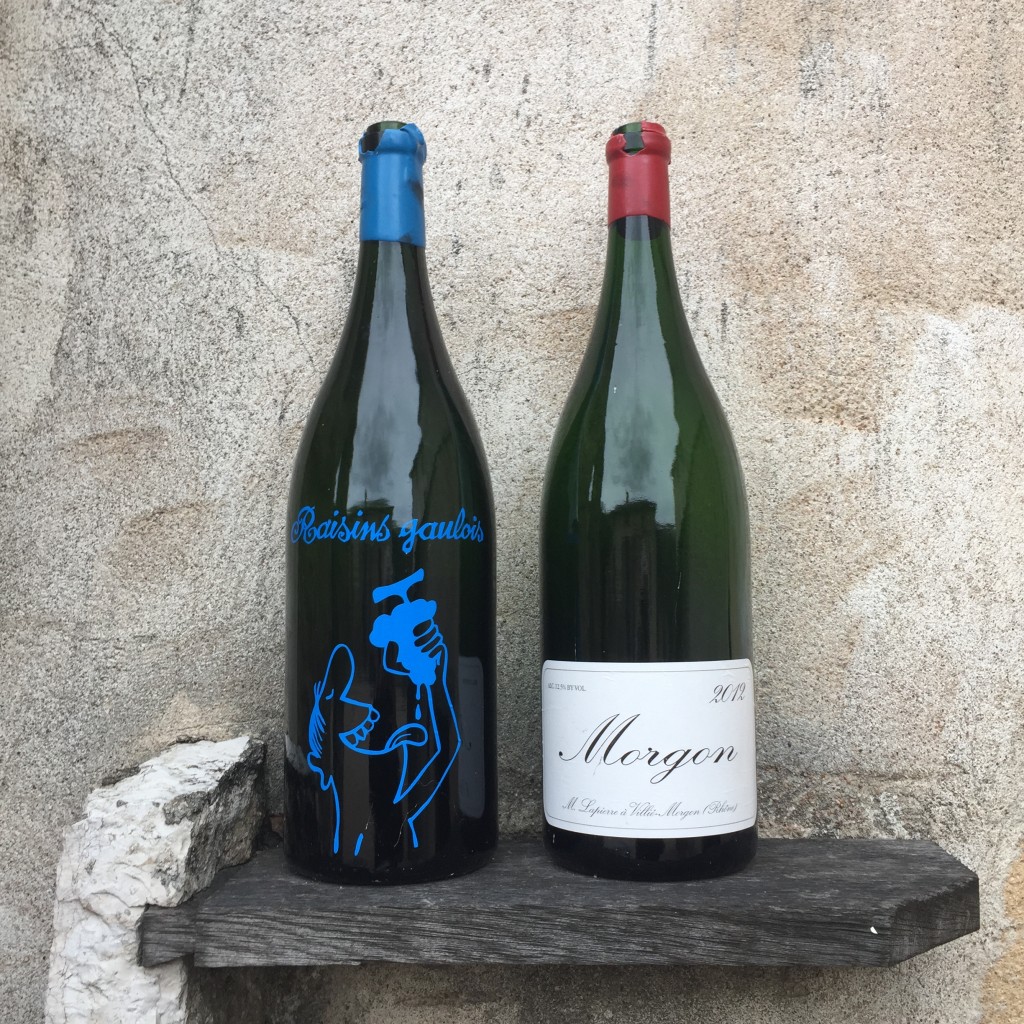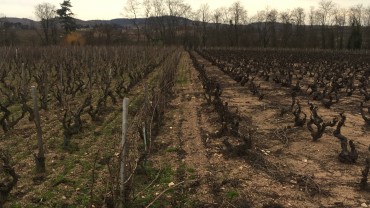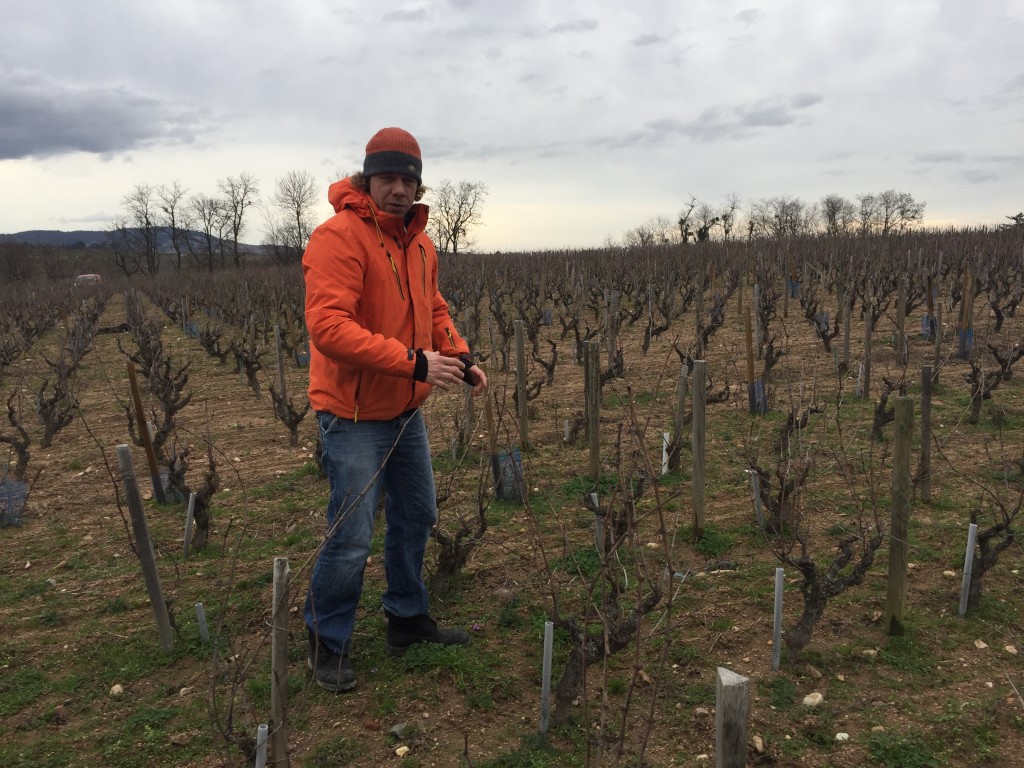
Imbued with convincing depth and luscious flavor, the current selection of Beaujolais is hard to resist.
Take one quick glance around the world’s best bars, restaurants and wine merchants and you’d immediately know that it’s a very good time to be a Beaujolais producer for so many reasons. For starters, the recent swing of fashion towards the natural wine movement actually sprung from the the late Jules Chauvet in the Beaujolais region. Today, Chauvet’s philosophy and methods still reside in the minds and practices of many current generation Beaujolais producers. Beaujolais is truly a region that finds itself in the right place at the right time.
More widely, the world’s collective taste for lighter and more balanced wine has been met halfway by many Beaujolais producers as they move to make gamay a more interesting, compelling and profound shade of red. Gamay’s ability to instantly deliver juicy, flavorsome and satisfying reds for immediate drinking is evident in the wine’s convincing depth, tannin structure and aging potential — all delivered without sacrificing any of its drinkable pleasure.
And while they are undoubtedly a different beast to taste, the best Cru Beaujolais wines compare ultra-favorably to pinot noir wines from the region’s northerly neighbor Burgundy in price and value. Those looking for a delicious, mid-weight and well-priced French red will find plenty more to love and remember in a bottle of Cru Beaujolais than a bottle of generic Bourgogne Rouge.

The fine line between enlivened, healthy vines and synthetically beaten blackened vines, which has been farmed under a chemical regime.
Beaujolais is also a region that has two very different faces. On one hand, it remains a crucible of natural winemaking. Organic and biodynamic farming thrive as determined producers are driven with a robust zeitgeist to make the region’s finest and most compelling wines. On the other hand, there are those producers who are trapped in a vortex of chemically farmed vineyards, industrial winemaking and low-margin business.
There is probably nowhere in the world of wine where the application of chemicals to vineyards is more disturbingly stark than in the vineyards of Beaujolais. I took the chance to walk through the vineyards with Mathieu Lapierre (of Domaine M. Lapierre) to understand his family’s approach to farming. For more than 30 years these plots have been farmed without chemical fertilisers, herbicides or synthetic applications. The soils are ploughed and composted, and mechanical methods have been carefully tailored to promote vine health.
The walk from Lapierre’s enlivened, friable soils and healthy vines to a neighboring plot, which is farmed under a chemical regime, was alarming. The soft soils have turned hard like concrete under foot, which is completely barren of any form of life to the point where it is unable to absorb rainwater — a virtual graveyard home to blackened vines that have been so synthetically beaten to a state where they can only function and be capable of producing grapes of the most basic quality. As Lapierre said himself, “we cannot create character as it is already in the grapes, but we can choose how we want to build them in the wine.”

Mathieu Lapierre introducing biodynamic vineyard practices and ensuring the quality of the Beaujolais they produce.
Lapierre’s two 2017 wines in bottle (and a select few single parcels tasted in cask) tell a story of wine that is made in the vineyard and built in the winery. His understanding of the character of this vintage and how this can be interpreted in the cellar is very clear. “It was a hot vintage with deep colors and smaller-than-average berry size by 20 to 30%,” Lapierre explained.
Young Alex Foillard also talked about the quality of the 2017 harvest and framed it in a discussion of the 2016 and 2015 vintages as well. From our conversations, we can tell that he has a clear picture of how these wines are to be enjoyed. “I like 2016,” he says, “the wines show great typicity, freshness and fruit. They are very drinkable wines with lower alcohols. We are now drinking 2014, and we will go straight to 2016, leaving the 2015 in the cellar.”
The 2015 vintage delivers a strong sense of the vintage, which is conveyed in its ripe and plump qualities; in some cases, they are really hedonistic and downright satisfying. But the sacrifice is that of typicity, differentiation and detail. And so, these are indeed wines that are best sent to the cellar to settle into stride. They are full of fleshy pleasure now but they will surely reveal more interest and individuality with some more time — some maybe even take up to a decade from now. As Foillard suggests, just dive into the 2016 vintage in the meantime.
The 2017 harvest looks like a strong one with plenty of tannins and richness. Although it is not as fleshy and round as 2015, it is more structured and sturdy than 2016. As Franck Duboeuf (of Georges Duboeuf) recalled, it is “a warm and early vintage with some yields below average. The Nouveau wines were rich and have made people excited about 2017 already!” Not that Beaujolais Nouveau should ever be a barometer of the quality of real Beaujolais (those November bottles are a mere bagatelle!), but the early signs around 2017 are very promising.
Enjoy our tasting report. There are so many drinkable wines here. It is indeed a great time to be drinking Beaujolais! — Nick Stock, Contributing Editor


3 thoughts on “220 Plus Beaujolais Reviewed: Wine for the Time”